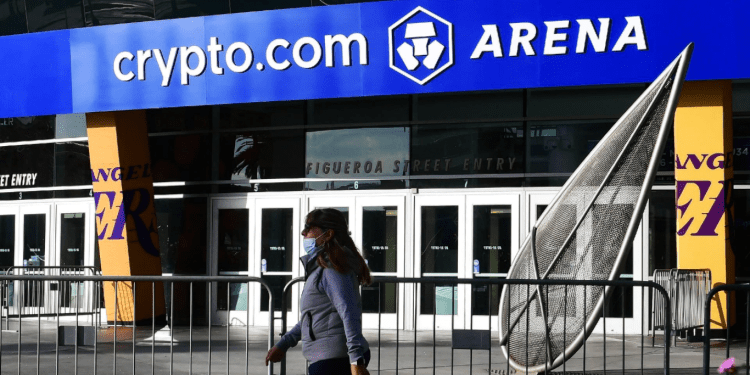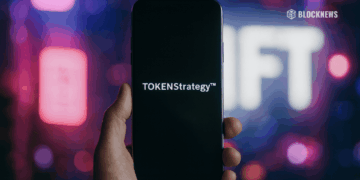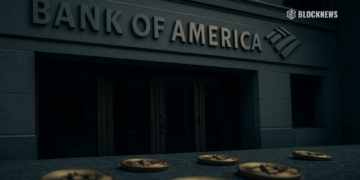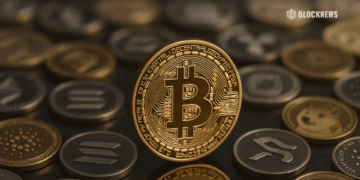- Crypto.com provides proof of reserves, becoming the latest exchange to do so
- Asset reserves include; BTC (102%), ETH (101%), USDC (102%)
- Users can also self-audit reserves.
According to a statement published on its website on Friday, digital asset exchange, Crypto.com, announced the release of its audited proof-of-reserves, demonstrating that the company has sufficient crypto assets to uphold its liabilities to clients.
The updated page reveals that the exchange has 102% Bitcoin, 101% Ethereum, and 102% USD Coin (USDC) required for withdrawal processing. In addition, the study includes a few other cryptocurrencies like Tether (USDT) 106%, XRP, Dogecoin, and Shiba Inu, as well as Chainlink’s LINK and Decentraland’s MANA. All of these cryptocurrencies have reserves that are more than 100%.
According to the statement, the audit was verified by Mazars Group, a leading international audit, tax, and advisory firm, which compared assets held in on-chain addresses controlled by Crypto.com with customer balances as of December 7.
The Crypto.com team stated that disclosing its proof-of-reserves intends to demonstrate that it is a responsible custodian of users’ digital assets and that users can rely on the exchange to handle any withdrawals.
CEO and founder of Crypto.com, Kris Marszalek, explains it as follows:
“Providing audited Proof of Reserves is a crucial step for the entire industry to take to increase transparency and begin the process of regaining trust,”[…] Crypto.com is devoted to offering customers around the world a secure, safe and compliant way of interacting with digital currencies.”
Because some customers won’t have faith in the exchange’s reporting of its assets and liabilities, the proof-of-reserves page on Crypto.com’s website includes a way for users to do their audits of the exchange’s reserves. Users can verify the assets they owned when the audit was performed by logging into the application and copying the Merkle hash created from their balances.
Once the customer has obtained their Merkle hash, they can navigate to a different auditor page that Mazars control. Here, they will receive ample proof that their liabilities are a component of the enormous Merkle tree that comprises the exchange’s audited liabilities.
Mazar asserts that their auditor website uses an open-source Silver Sixpence Merkle Tree Generator application. This suggests that if the auditor page were tampered with in any way to cause it to produce erroneous findings, any programmer would be able to discover it by executing the application in their developer environment.
What is Proof-of-Reserves?
Proof of Reserves (PoR) ensures that a platform has sufficient assets to cover all customer balances. A third party conducts and certifies PoR to guarantee the process’s integrity and anonymity.
The concept was a welcome development in the crypto community and has been implemented by a few other exchanges. Crypto.com is the most recent cryptocurrency exchange to provide its proof-of-reserves to ease customers’ concerns.
Bitfinex, one of the market’s pioneering cryptocurrency exchanges, announced its POR on November 11. According to the publicly accessible POR, the exchange has $5.06 billion in assets, including a robust $3.36 billion in Bitcoin.
OKX also provided its proof of reserves on November 23. The exchange promised to continue publishing periodic PoR audits so that users may verify the status of their holdings at any time. According to the PoR audit, most of its assets, particularly USDT ($2.43 billion) and USDC ($195 million), are stablecoins. According to Defi Llama, one of the giant DeFi aggregators, the exchange also supposedly has 91,000 Bitcoins.
Binance also published its proof of reserve audit for their Bitcoin on December 7, promising to add ETHER, USDC, BUSD, and BNB soon.
Conclusion
Proof-of-reserves is an excellent development with some promise for investors and consumers. It may become more common when new technologies emerge, giving complete transparency across time. Investors are wary of investing in centralized exchanges, particularly in the wake of the FTX debacle. The proof-of-reserves model will have to prove its worth to live up to its promise and achieve its goals in such a context.














